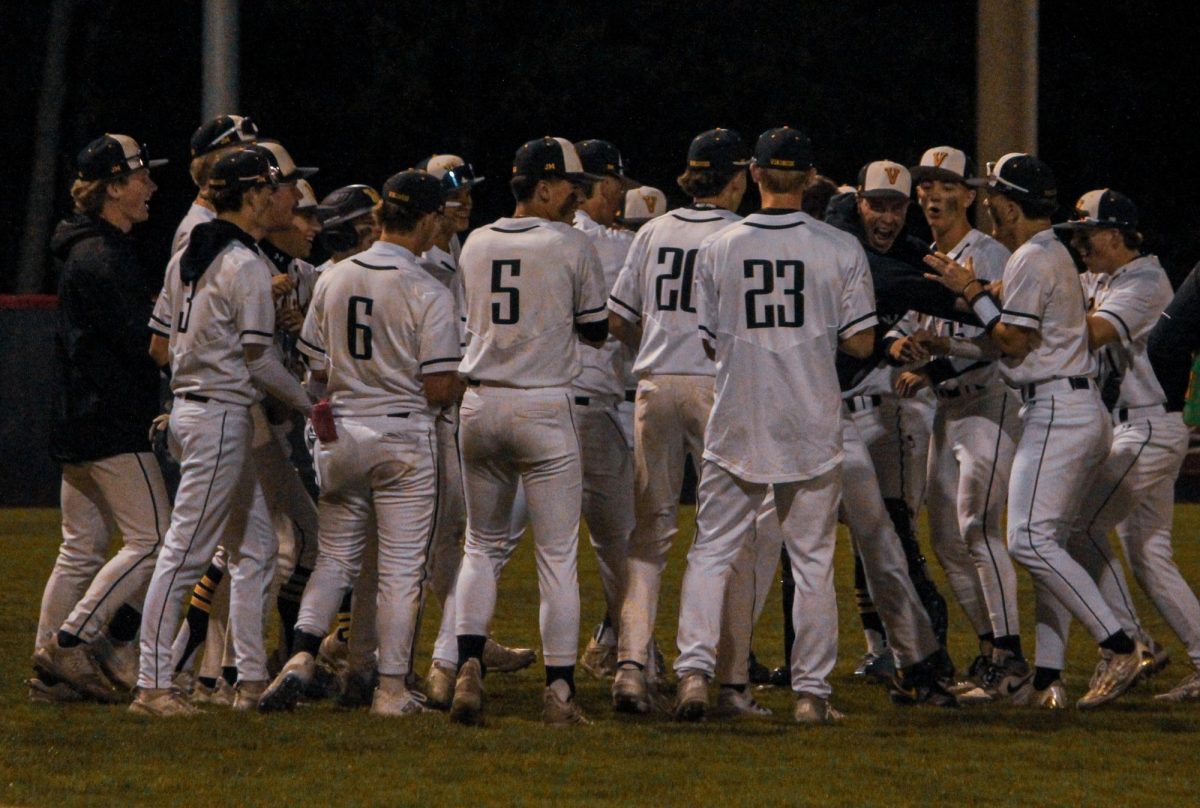After debating three-lunch and two-lunch schedules, administration will be transitioning to a two-lunch schedule on Nov. 13.
In order to make a final decision, there was a 93 percent vote on Oct. 15 in favor of switching to two lunches among teachers and other staff. Principal Adam Desautels said that this vote included many of the adults who will be impacted.
“[Three lunches means dealing with the] primary issue of equity of valued instructional time,” Desautels said. “People who have B lunch are at a disadvantage from their peers. It’s just not ideal for the class.”
Furthermore, teachers who currently have B lunch are forced to break up the class in the middle, and then reintroduce the project or the task.
“I don’t really have strong feelings either way,” English teacher Joanna Walker. “There’s a part of me that prefers first and third lunch, so we have that entire time, especially if we are writing. It is really unfortunate to have that break in the middle of a period.”
Making the change to two lunches allows cooks to supply fresher food to students in all of the lunches instead of constantly having to recycle the food for the next lunch.
“[Two lunches] will actually help us a lot. We have time in between the lunches to prep food. The lunches aren’t back-to-back, so we don’t need to rush to get everything ready for the next lunch,” kitchen staff member Debbie Kem said.
In addition to the cooks, the custodians said they are also in favor of this change. They won’t be as rushed to complete their duties.
“Having two lunches will help me a lot because I will have time to clean tables in between both [lunches],” custodian Sofia Jennings said. “For me, [I prefer] to just clean two times and get it over with because when we have three lunches, especially on Wednesdays and they overlap, it is crazy.”
However, this is not to say that students were not involved in this decision-making process.
“I talked to members of the ASB and other students at lunch; teachers talked about it to their students. Students had opportunities to voice their opinion,” Desautels said.
Some students opposed the switch to two lunches because of the lack of space in the lunchroom.
“I don’t really approve of the two lunch system. It’s just way too cluttered,” junior Connor Lynch said. “With two lunches, there is no room to sit.”
Because of this, administration researched and analyzed this possible problem. They piloted the two-lunch system during SBAC testing. By looking at the cameras, they found out that people fit pretty comfortably in two lunches, according to Desautels. They took into consideration the students sitting outside in the nice weather moving into the cafeteria during rainy weather.
In some ways, the crowding problem in lunches right now could be fixed by this new two-lunch schedule.
“[When] the three lunch periods overlap, two-thirds of the student body is in the cafeteria at a time,” Desautels said.
Desautels said this situation makes the cafeteria even more crowded and concerning. In addition, Jennings said that five minutes can make a big difference.
“Having three lunches, most of the students leave more trash on the tables and since they overlap, it is hard to get around to all of the tables so fast,” Jennings said. “I like the two lunches better. That would help us.”









